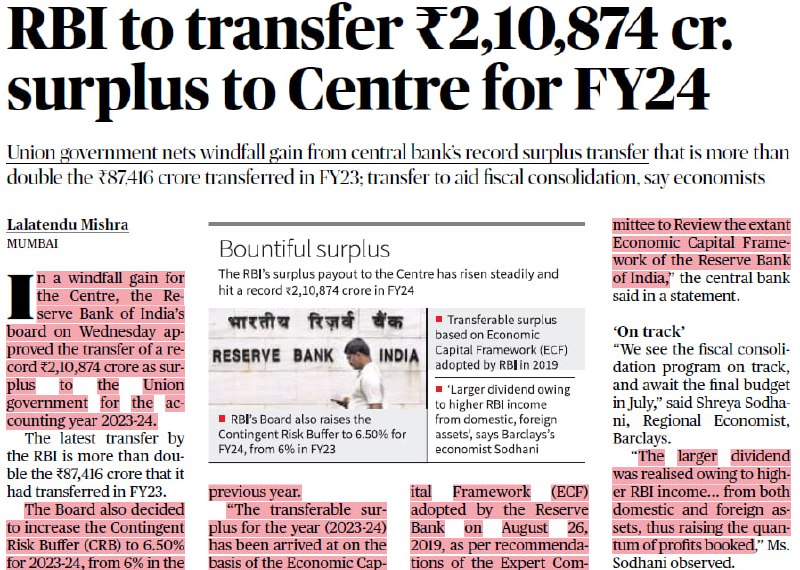2021-05-29 15:51:19
The above is article from Indian Express. An article for general reading, but some facts you need to have a look.
1) The domestic demand of edible oil is around 24 Million Tonnes (MT) while we produce only 11 MT, resulting in imports of around 13 MT. So, more than 50% of our requirements are being met through imports. The major imports are palm oil (Indonesia, Malaysia), Soyabeen oil (Argentina, Brazil), and Sunflower oil (Ukraine, Argentina).
2) The prices of edible oil (groundnut, mustard, vanaspati, soya, sunflower and palm) have increased 50% in the last one year. And the increase is mostly due to the international factors. Even if we do not import mustard oil but since the edible oils are "close substitutes", and an increase in price of one or two major categories will result in an increase in prices in all the categories as people start shifting consumption to other categories due to cheaper prices).
3) One main reason of increase in prices is the shift in usage of edible oils from food to fuel. Other reasons are more buying by China, labour issues in Malaysia, Impact of laNina on palm and soya producing areas and other weather changes and imposition of export duty on crude palm oil in Indonesia and Malaysia
4) What we can do immediately to reduce the prices. The answer is to reduce the import duty which has increased because of imposition of cess after the budget.
5) Imports can be categorized under different categories like "free" and "restricted". In case of "free" you do not require any approval for imports other wise a permission is required.
6) The last para is quite confusing and I think they have mixed few things and its confusing and you can leave it.
8.4K views12:51


